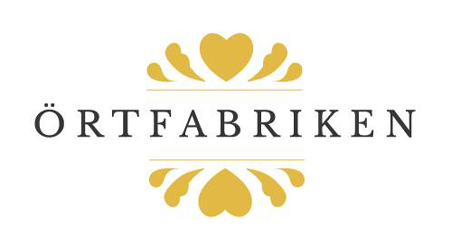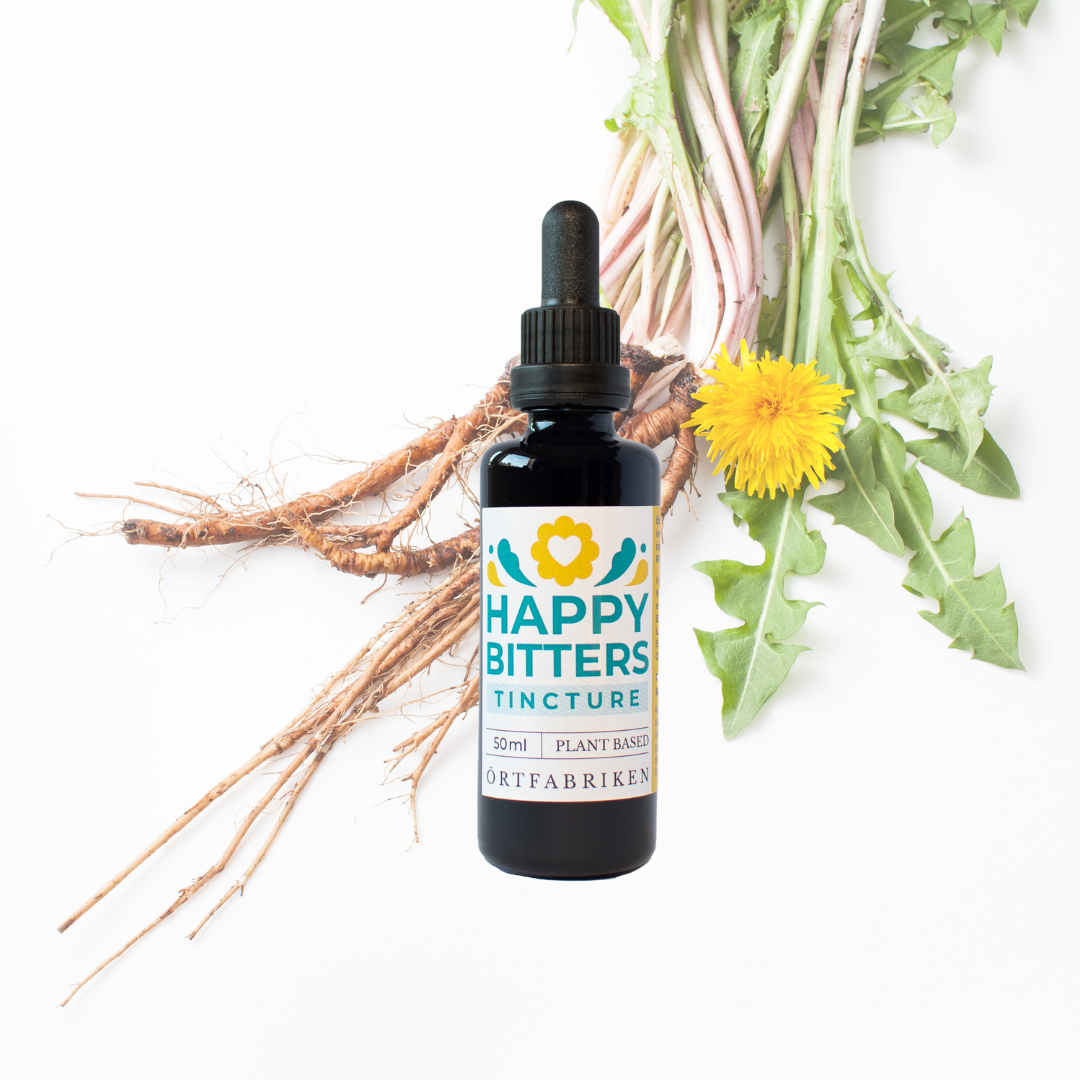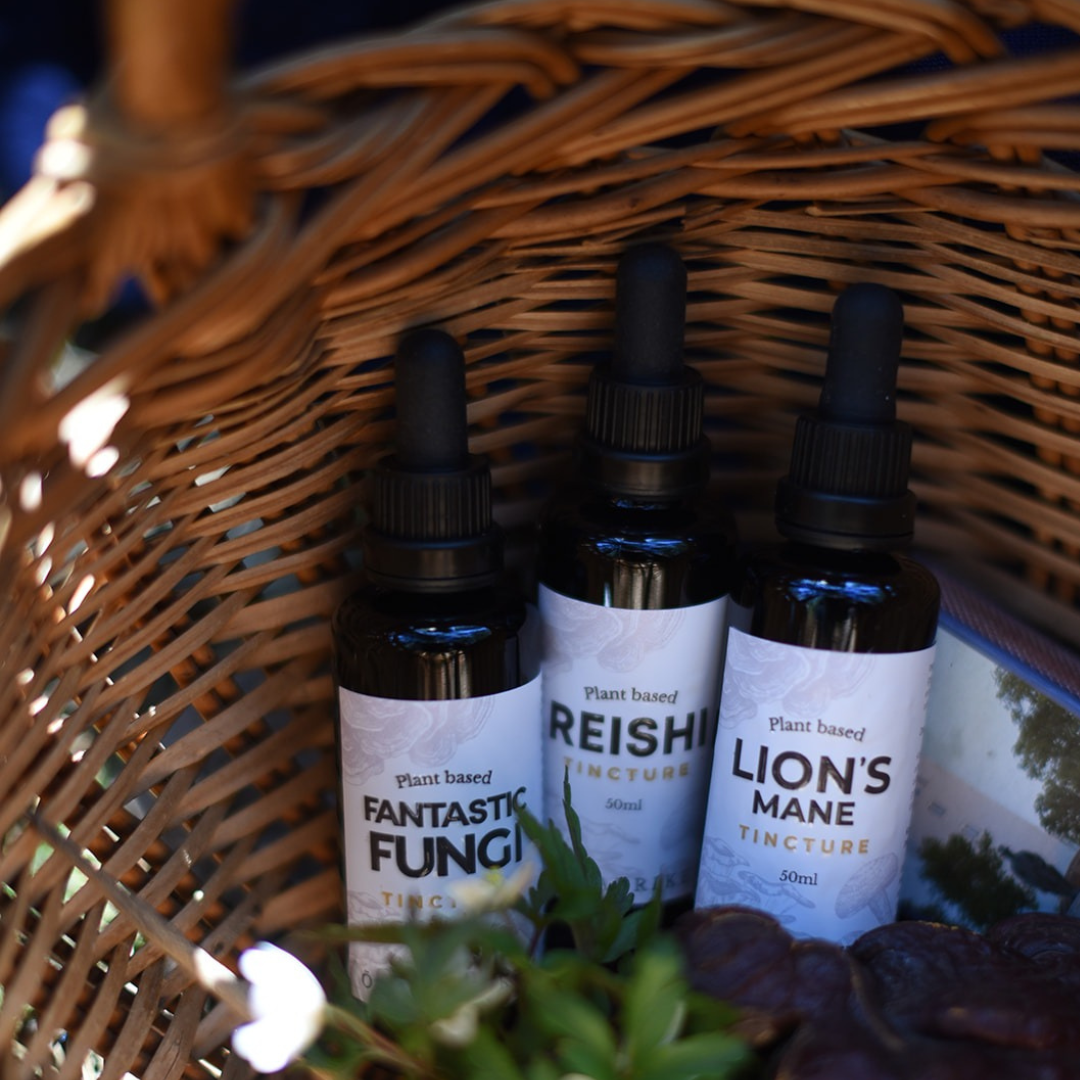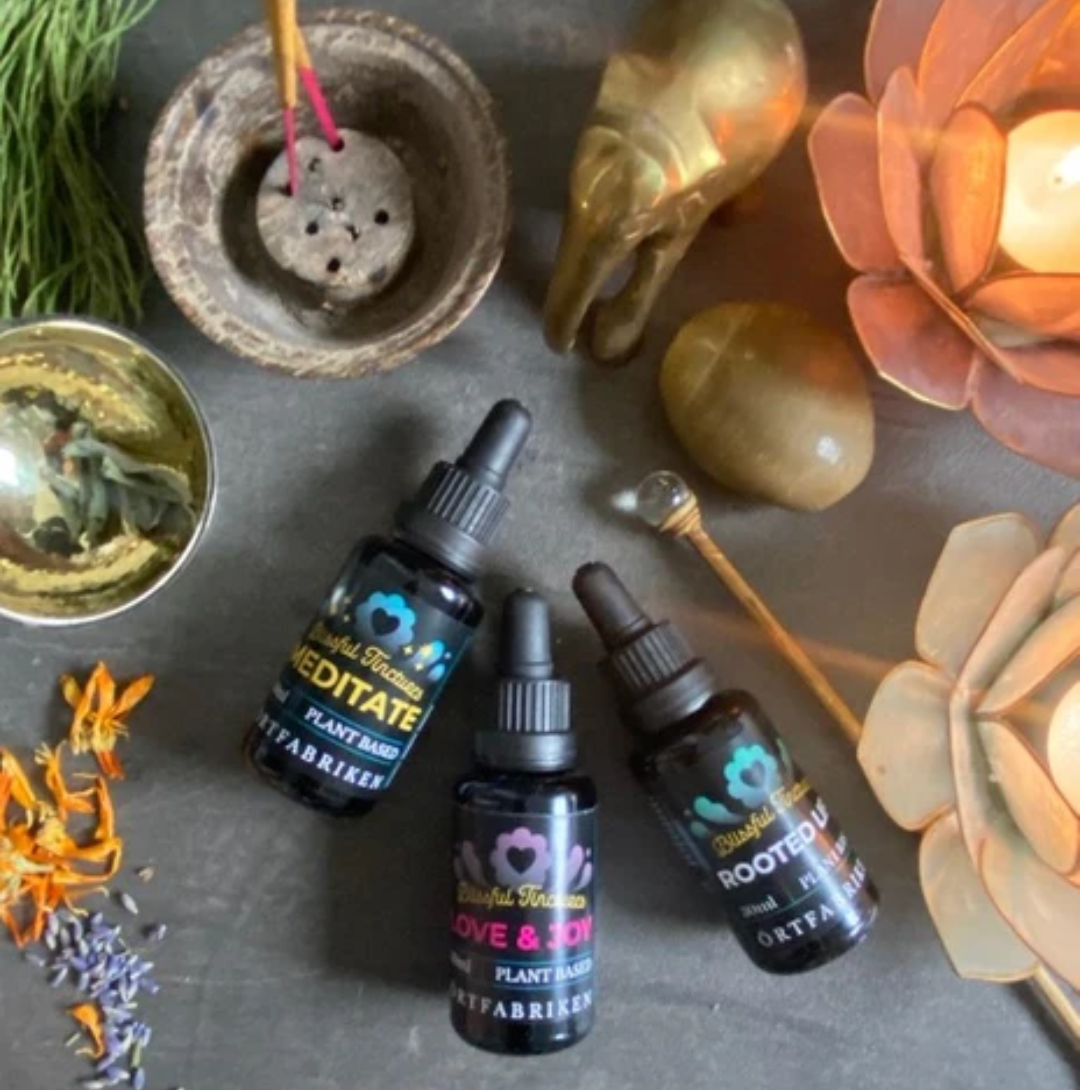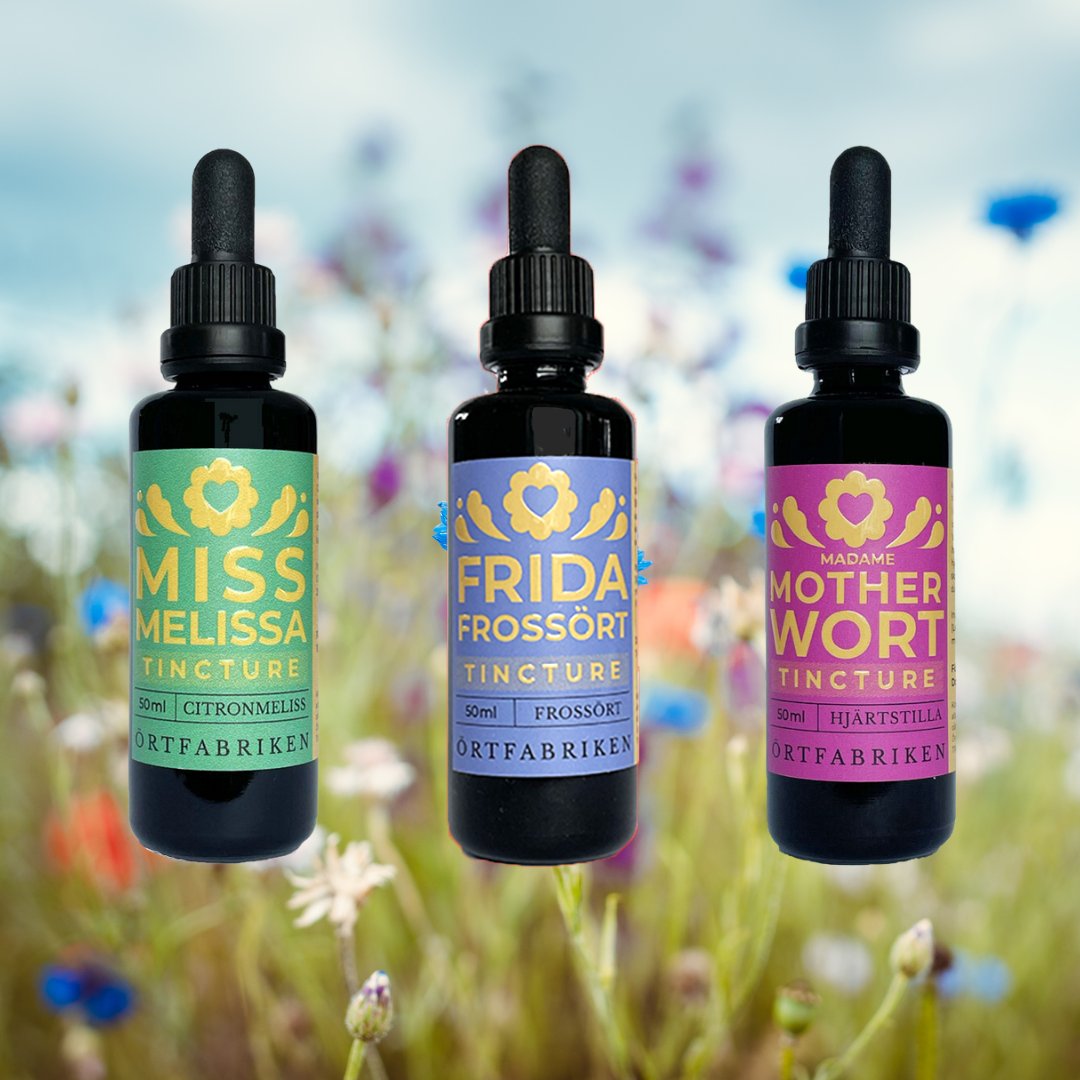Enzyme Drinks | Probiotic Drinks | Recipes
Dela med en vän ♡
I am equally impressed every time I am in Latvia by their creative approach to food and health. The small country, with its small population, always thinks outside the box and is several steps ahead of us when it comes to food and health innovation. Pesto on hemp, quail eggs as fast food and most recently: Enzyme drinks.
Latvia is at the forefront of developing new, trendy food products. But they also have a strong tradition of healthy eating. Kombucha, kefir and bone broth were staples during the Soviet era. It is common to ferment not only dairy products, but also fruits and vegetables. So while we in Sweden think it is new and hipster, it has been in everyone's house in Latvia for a long time.

What are enzyme drinks?
Enzyme drinks are beverages made by fermenting fruits, vegetables, or herbs with sugar and sometimes yeast or beneficial bacteria. During the fermentation process, the ingredients release natural enzymes, probiotics, and nutrients that are believed to aid digestion, boost metabolism, and improve overall health.
Latvians themselves drink them as a health tonic or as a dietary supplement. They have become popular drinks to improve intestinal flora.
Common types of enzyme drinks
- On fruit : Made by fermenting fruits such as pineapple, lemon or berries.
- With vegetables : Fermented from ingredients such as carrots, celery or ginger.
- With herbs : Contains herbs such as mint, rosemary or chamomile.
Kombucha is now well known in Sweden. It is not strictly an enzyme drink, but is produced in a similar way through a fermentation process and also has probiotic properties.
 In Sweden, interest in health drinks and fermented products has increased in recent years. The trend is linked to the growing focus on gut health, probiotics and natural foods that support the body's well-being.
In Sweden, interest in health drinks and fermented products has increased in recent years. The trend is linked to the growing focus on gut health, probiotics and natural foods that support the body's well-being.
How to make your own enzyme drink
There are a thousand recipes and advice when looking for information on making your own enzyme drink. But I've stuck with the following proportions:
3 parts fruit, herb or vegetable
1 part sweetener (honey or sugar)
10 parts water
-
Prepare the fruit, herb or vegetable:
- Wash the ingredients thoroughly and cut them into smaller pieces.
- If you use organic ingredients, you can keep the peel, as it often contains natural microorganisms that aid fermentation.
-
Sterilize equipment:
- Clean the glass jar or bottle thoroughly and sterilize it by boiling it in water or rinsing with hot water.
-
Add ingredients to the jar:
- Place the fruit pieces in the glass jar and sprinkle with honey or sugar.
-
Add water:
- I like to boil the water first. Pour the cooled, clean water into the jar until the fruit and honey are completely covered. Leave some space at the top of the jar to avoid spillage during fermentation.
-
Mix well:
- Stir gently with a clean spoon so that the honey or sugar begins to dissolve.
-
Close the jar loosely:
- Cover the jar with a lid or a clean kitchen towel. If you use a lid, make sure it is not completely tight, as gases formed during fermentation can leak out.
-
Fermentation:
- Place the jar in a dark and warm place (around 20–25 °C) for 2–3 weeks.
- Stir every day to prevent the ingredients from going moldy and to help the fermentation process. Note: super clean utensils.
-
Taste of:
- After about 2 weeks you can taste it. The drink should have a sour and slightly carbonated taste when it is ready.
-
Strain and store:
- When fermentation is complete, strain out the fruit pieces and pour the drink into a sterile glass bottle. Store in the refrigerator.
When I read about enzyme drinks, most people seem to recommend one shot a day. That means drinking about half a deciliter.
I'm super excited to make my own enzyme drink. I've been making Kombucha for many years (you can find recipes here where I use herbs as original flavorings). I think kombucha is delicious, but it doesn't settle my stomach like other fermented products do. Maybe enzyme drinks will have a different effect!
Vi tror du gillar dessa blogginlägg
-
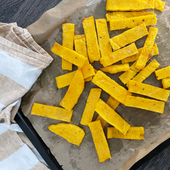
Örtiga Polenta Sticks | Glutenfritt
-
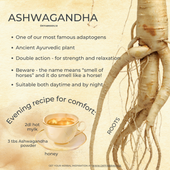
Ashwagandha | Ayurveda | Recipe Moon Milk
-

Adaptogenic raw balls - what a treat! | Ashwagandha | Eleuthero | Gluten-free
-

Thyroid | Natural support for hypothyroidism | Underactive thyroid
-
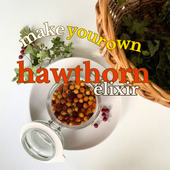
Hawthorn Elixir | Recipe
-
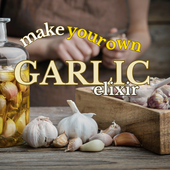
VitlöksElixir | Recept med vitlök och honung
-
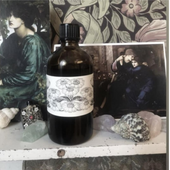
Warming Juniper Oil | Recipe
-
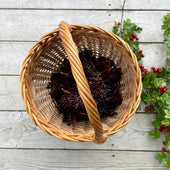
Elderberry Syrup | Recipe
-
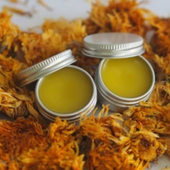
Marigold Ointment | Recipe | Make your own ointment from marigolds
-

When Rakija saved the wedding | Read about Aleksandra's miracle cure for a cold
-
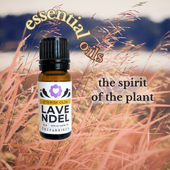
Skapa dina egna roll-ons och hudvård med Örtfabrikens eteriska oljor
-
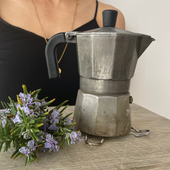
Gör eget Hydrolat med espressomaskinen | Recept Blomstervatten
-
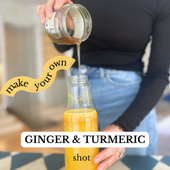
Ginger and Turmeric Shot Raw | Recipe
-
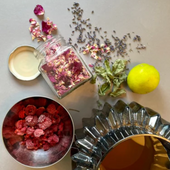
Flavor your Kombucha with herbs | Recipe
-
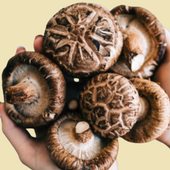
Shiitake | A Nutritious Mushroom | Recipe
-
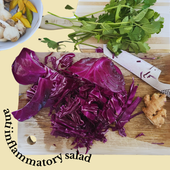
Anti-inflammatory Salad | Recipe
-
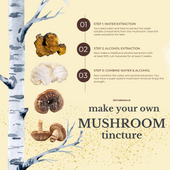
Make a tincture of Chaga | Blastocystis and other mushrooms
-
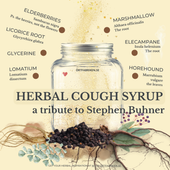
Hostel Elixir | Recipe by Stephen Buhner
-
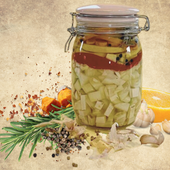
The Amazing Tale of Fire Cider | Recipe
-

Hemp | Make your own hemp milk | Cow's milk recipe
-
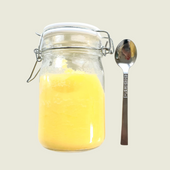
Ghee | Make Ghee Yourself | Recipe
-
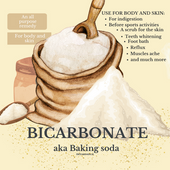
Bicarbonate | Cleaning, body and skin
-
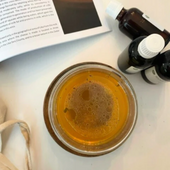
Broth 2.0 | Top with herbs | Cook your own bone broth
-

Hildegard of Bingen | Recipe for nerve cakes
-
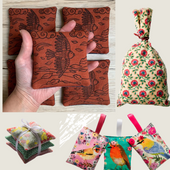
Lavender Bags | Scented bag of lavender
-
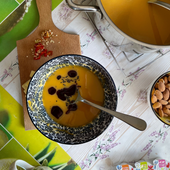
Pumpkin Soup | Recipe | Ginger and other herbs
-
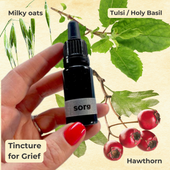
Tincture for Grief | Recipe | Hawthorn and Tulsi
-
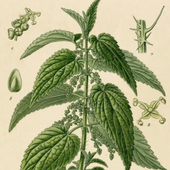
Nettle ointment | Recipe | Stinging nettle ointment
-
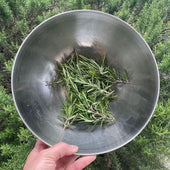
Rosemary oil for hair | Recipe
-
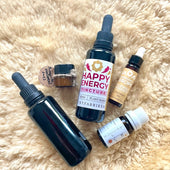
Herbal travel pharmacy | First aid on the trip
